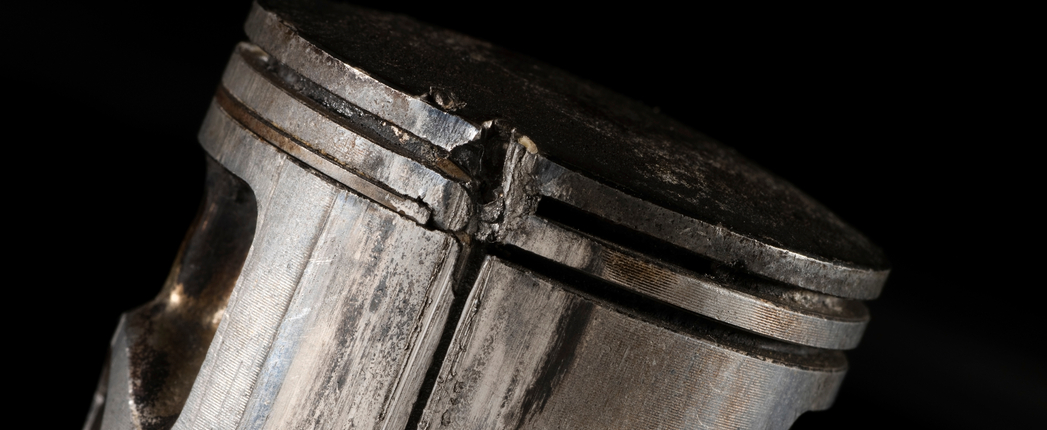
Several automakers formally requested that the American Petroleum Institute’s Lubricants Group develop a supplement to the API SP specification to include an aged oil test for protection against low-speed pre-ignition in turbocharged gasoline direct injection engines.
The Aug. 18 letter from Ford Motor Co.’s Michael Deegan, chairman of the International Lubricants Standardization and Advisory Committee and the Alliance Lubricants Working Group, was joined by GM, Stellantis and Toyota.
“We request that the supplement include all the performance requirements presently in API SP plus the requirements of meeting the limits set for the aged oil LSPI performance of a lubricant,” Deegan stated.
He noted that the API SN Plus and API SP and ILSAC GF-6 specifications address a lubricant’s ability to protect turbocharged engines with gasoline direct injection from low-speed pre-ignition when the oil is fresh, but he stated that “further protection is now necessary to prevent equipment failure which may be connected to a degradation in the LSPI protection of the lubricant over its standard oil drain interval.”
The letter said that published studies have documented that the potential for damage from low-speed pre-ignition increases as the engine oil ages.
He explained that the Sequence IX test for low-speed pre-ignition performance is a fresh oil test, which means that API SN Plus and SP do not confirm that the protection is retained as the oil ages in the field. To address that need, Ford sponsored the work of an ASTM Task Force, Deegan noted.
“The group took the oils from the referenced SAE publications and developed an aging test procedure using the Sequence X engine and evaluated the LSPI protection of these oils in the Sequence IX test,” he explained. “The data from the task force shows that the oils can be aged to simulate the field conditions and that their Sequence IX LSPI activity is higher than the fresh oils supporting the findings from the SAE publications.” Sequence X is a chain wear test.
As a result of the task force work, ILSAC is asking the API Lubricants Group to consider the request for a supplement to the existing API SP specification to further protect the turbocharged gasoline direct injection engines for which SN Plus, SP and ILSAC GF-6 categories were originally developed. Deegan said the next steps for the ASTM task force are to move the Sequence X oil aging and Sequence IX aged oil test methods towards ASTM standards.
“To achieve this goal, a precision matrix will need to be run on both new tests, and we are now seeking the funding to do this,” he said. The letter asks the Lubricants Group to discuss at its earliest convenience the development of the new ASTM standards and the timing for implementation of an SP supplement, including their test requirements.
Low-speed pre-ignition is a phenomenon that sometimes occurs in downsized, turbocharged engines operating at low speeds under heavy loads. For reasons that are not completely understood, combustion occurs in the piston chamber before sparkplug ignition, sometimes causing severe damage to the piston.
The engine oil industry thought it had addressed the problem in 2018 by introducing a supplemental passenger car engine oil category, API SN Plus. A new engine test, the Sequence IX, was intended to measure an oil’s ability to prevent LSPI. The Sequence IX was carried over into ILSAC GF-6 and its companion category, API SP.
First licensing for ILSAC GF-6A and GF-6B and API SP began in May 2020. The new standards specify more stringent engine oil performance requirements for spark-ignited internal combustion engines. API SP includes all of the ILSAC requirements and at the same time provides performance requirements for oils that do not fall under ILSAC-member recommendations.